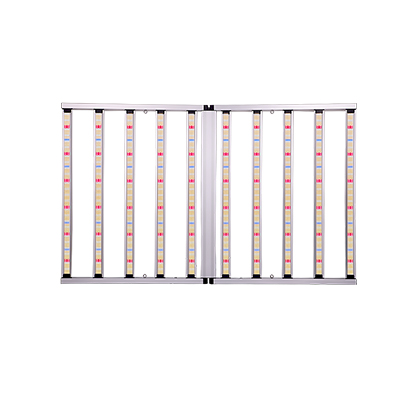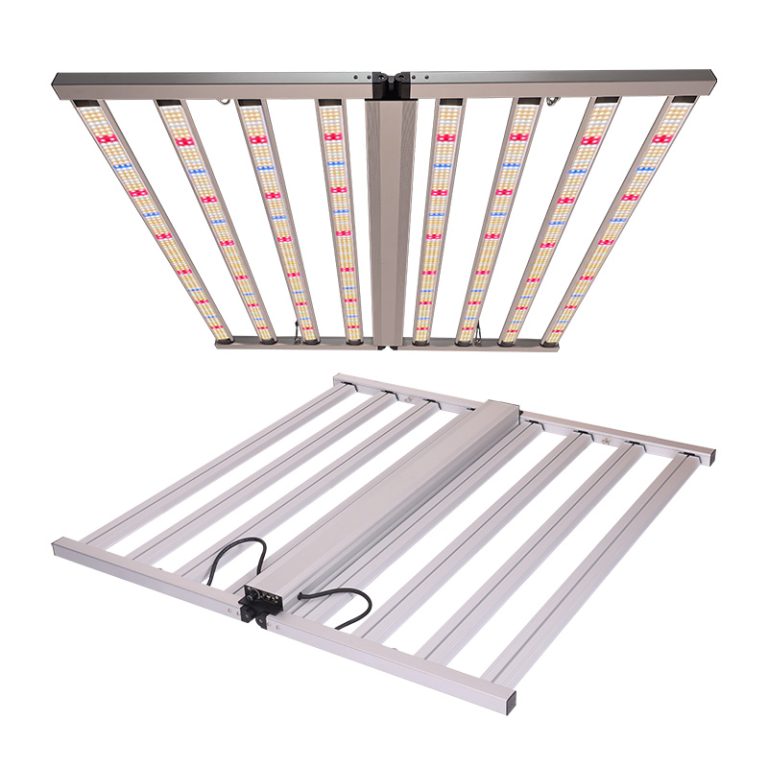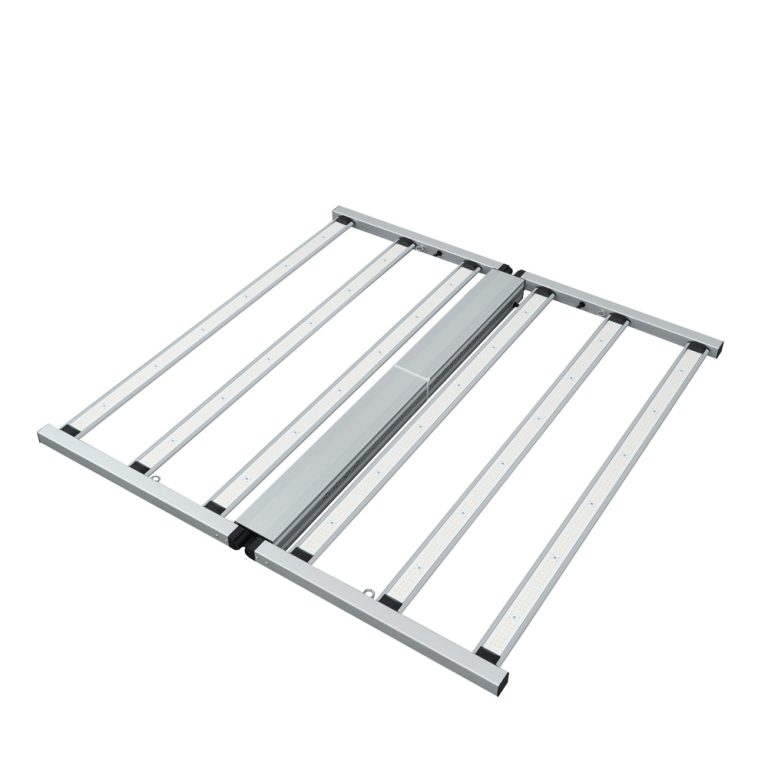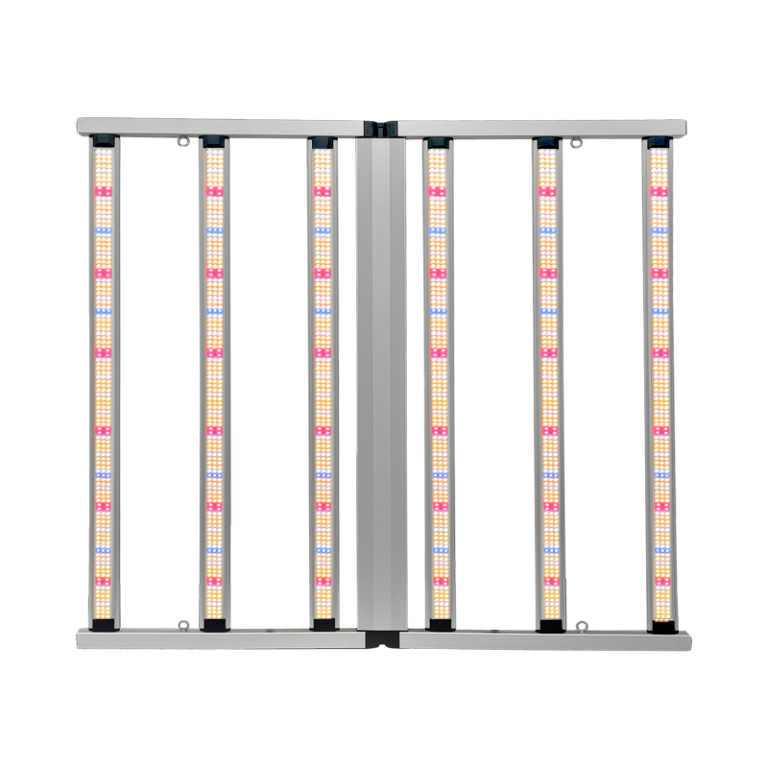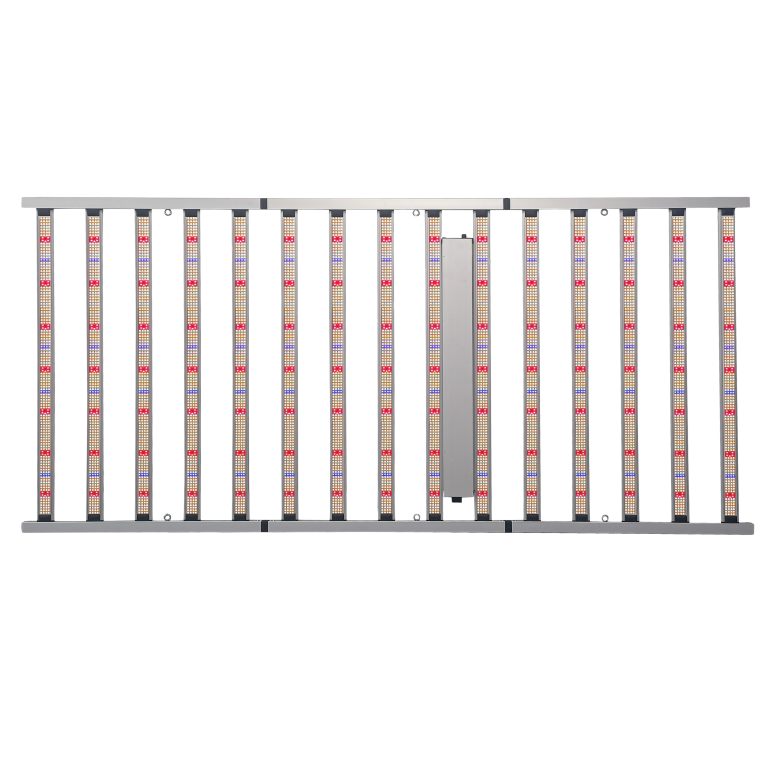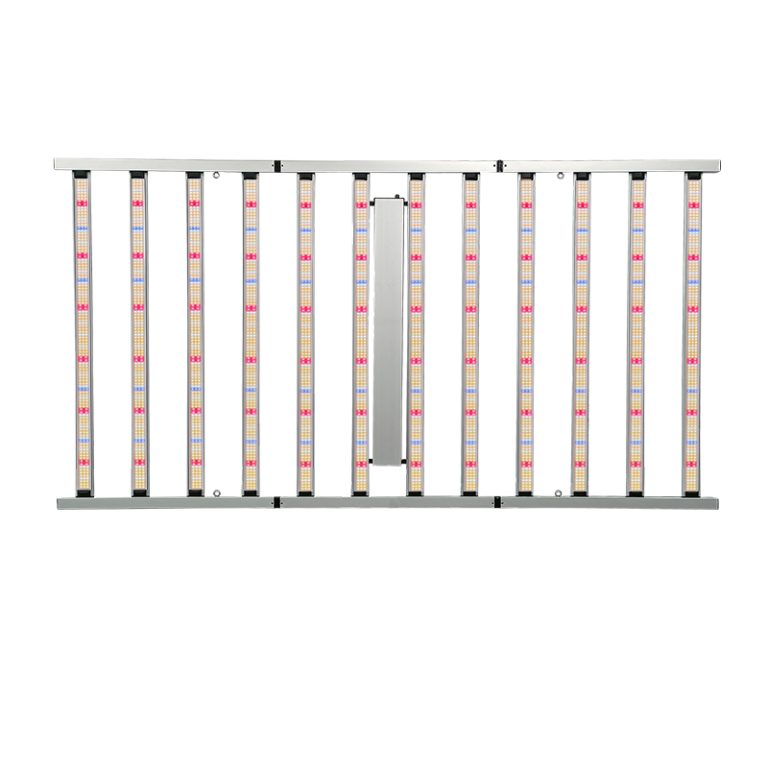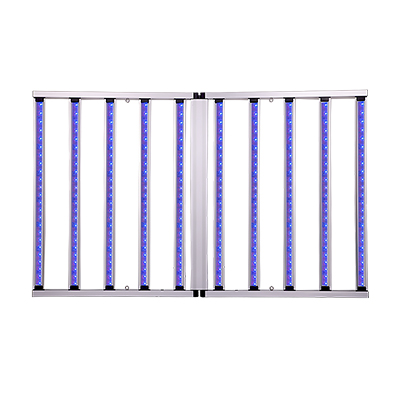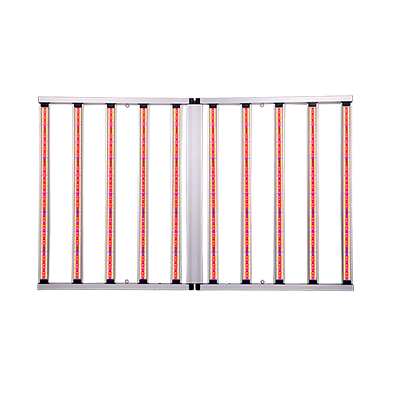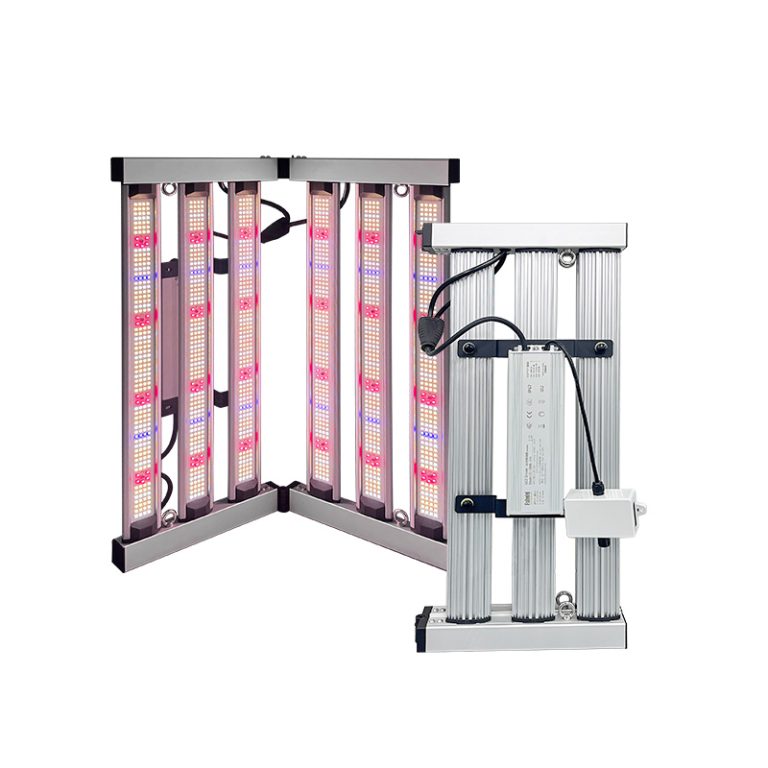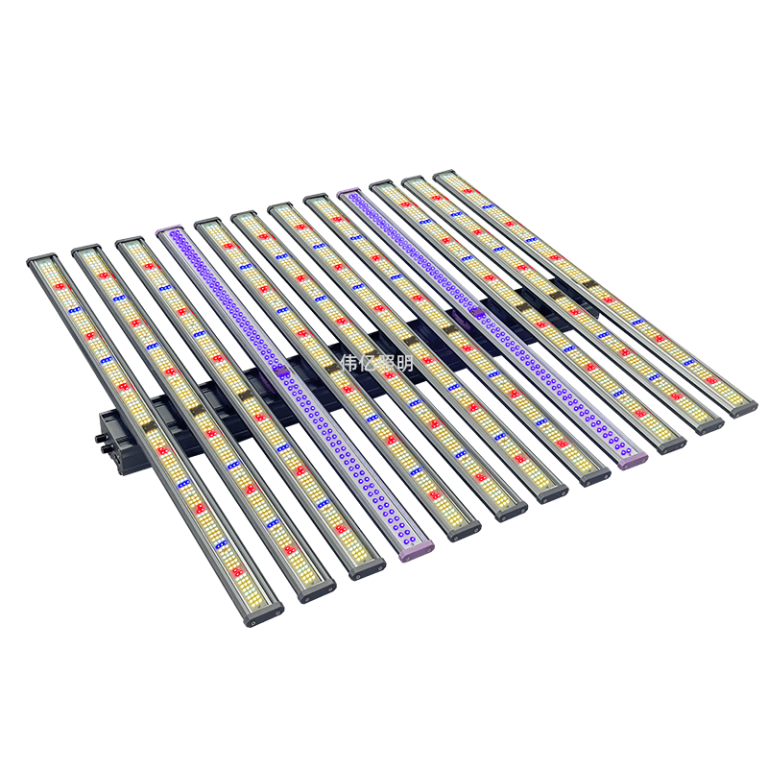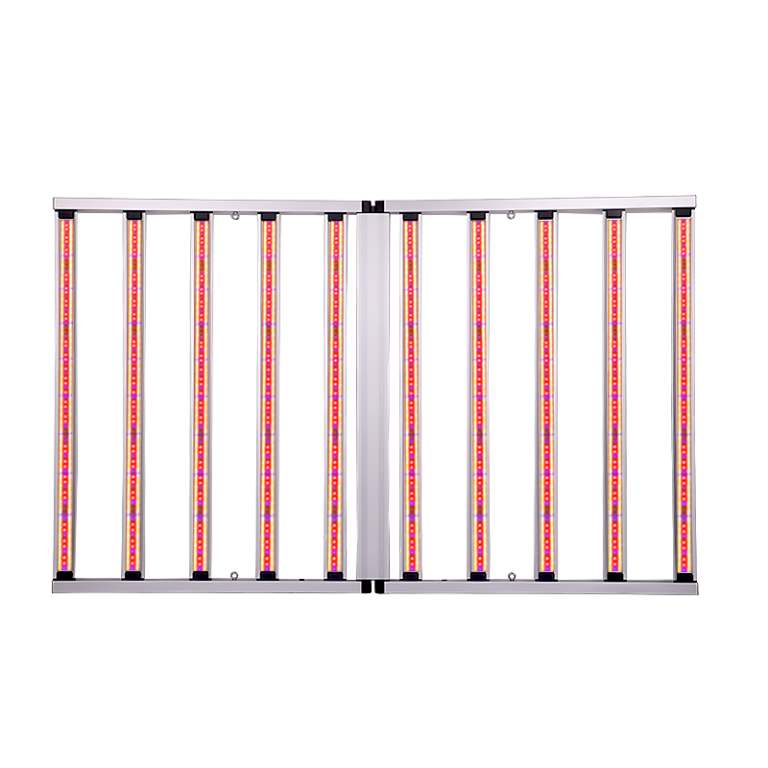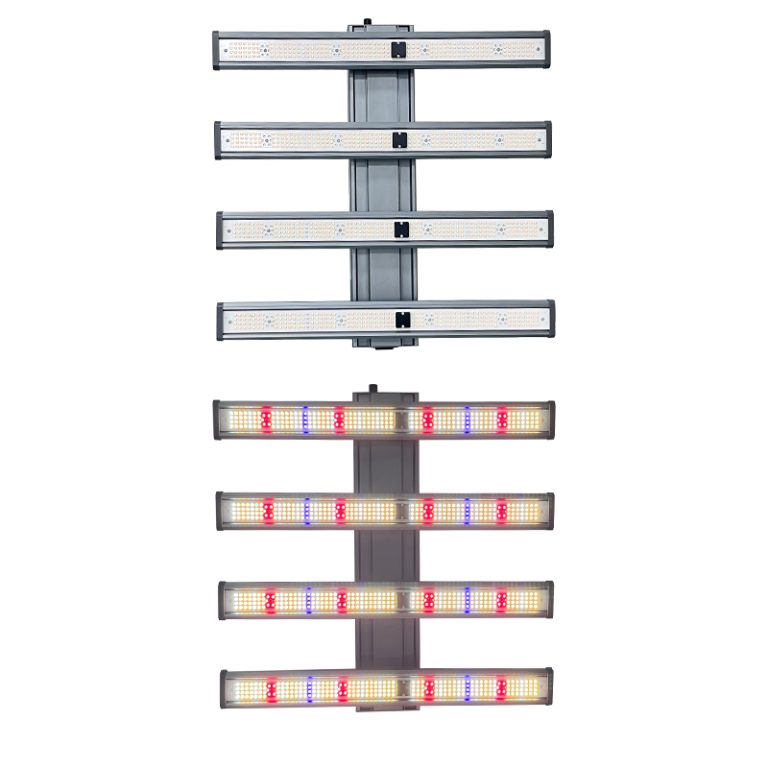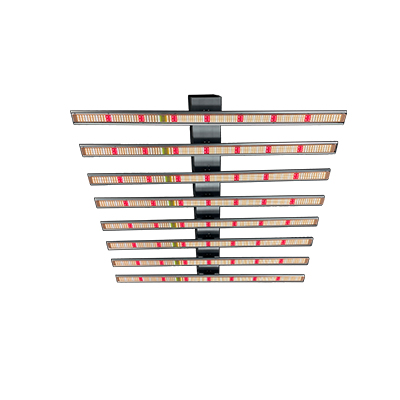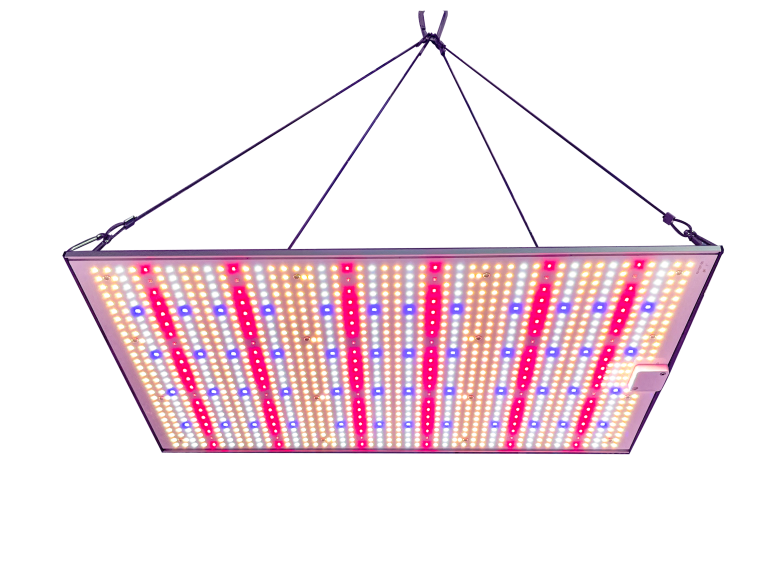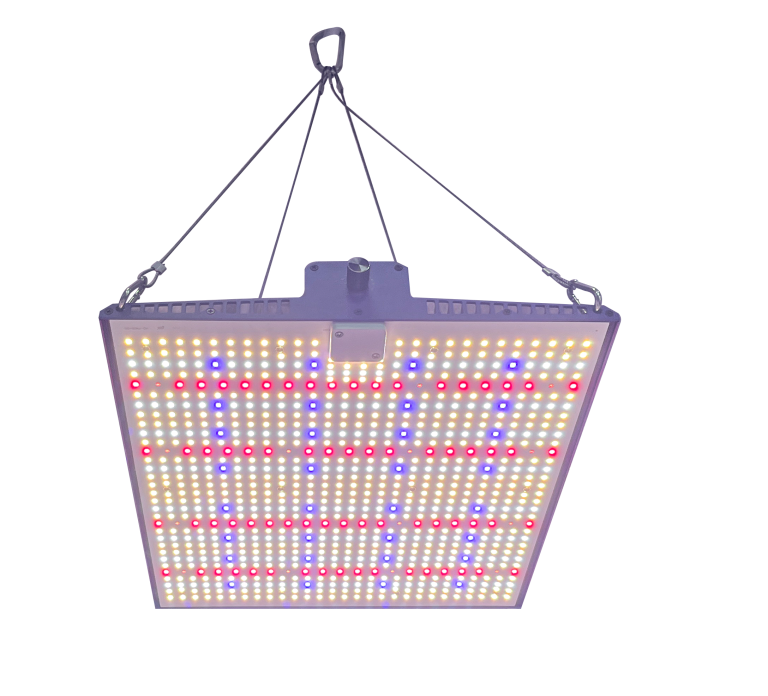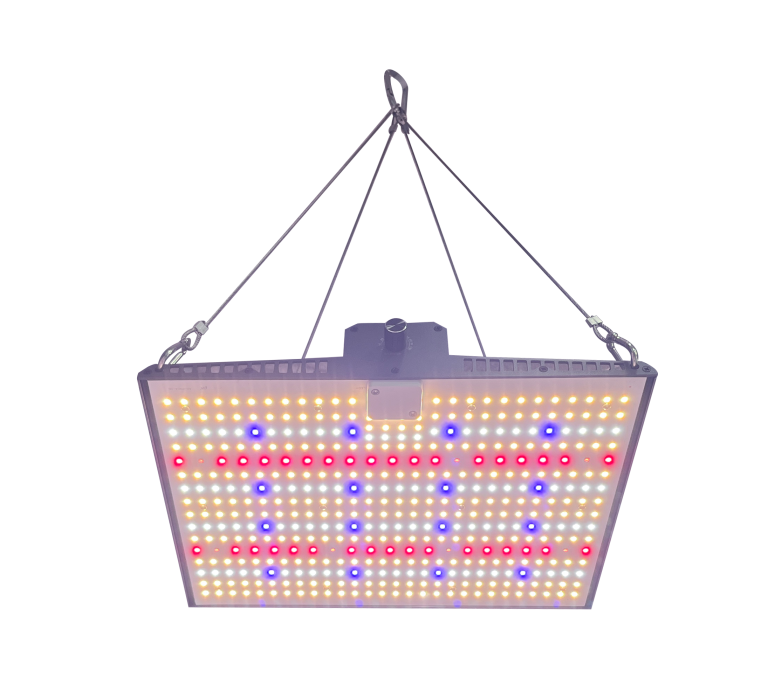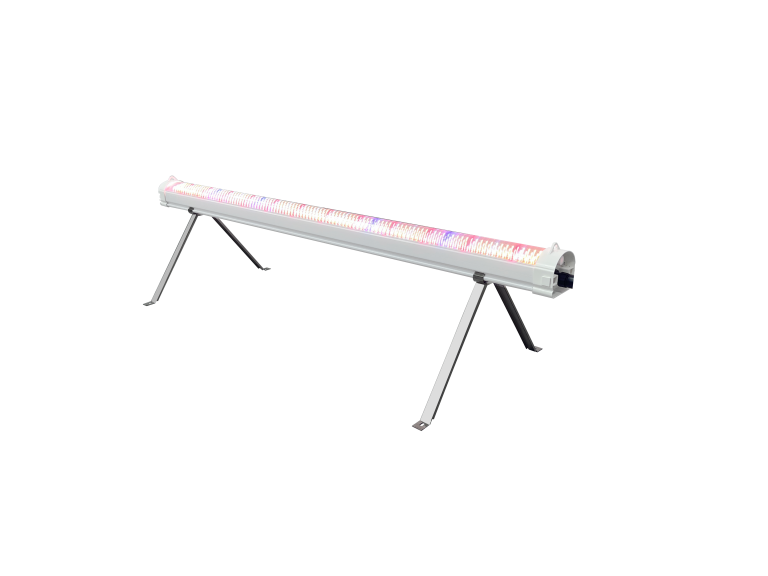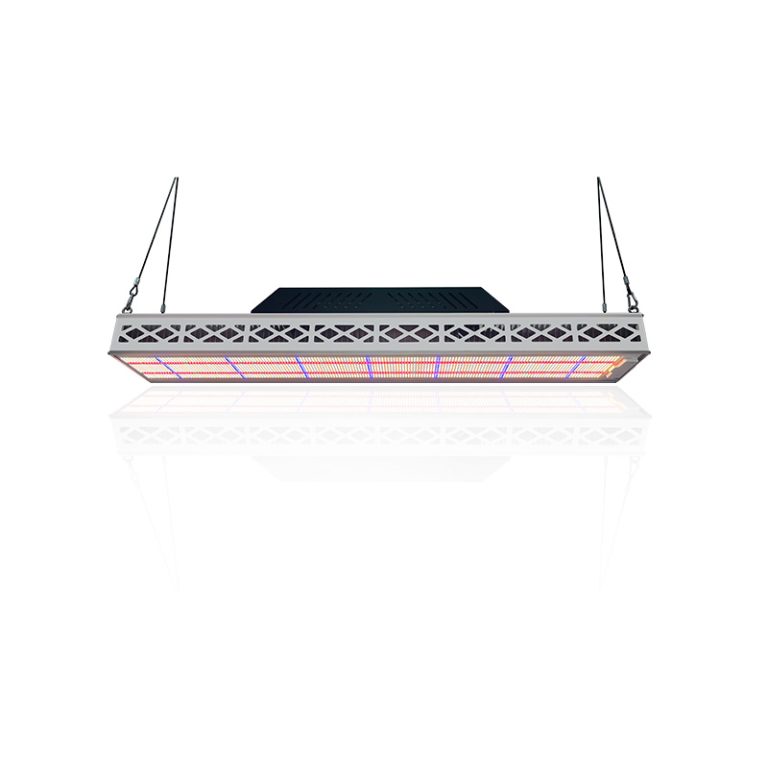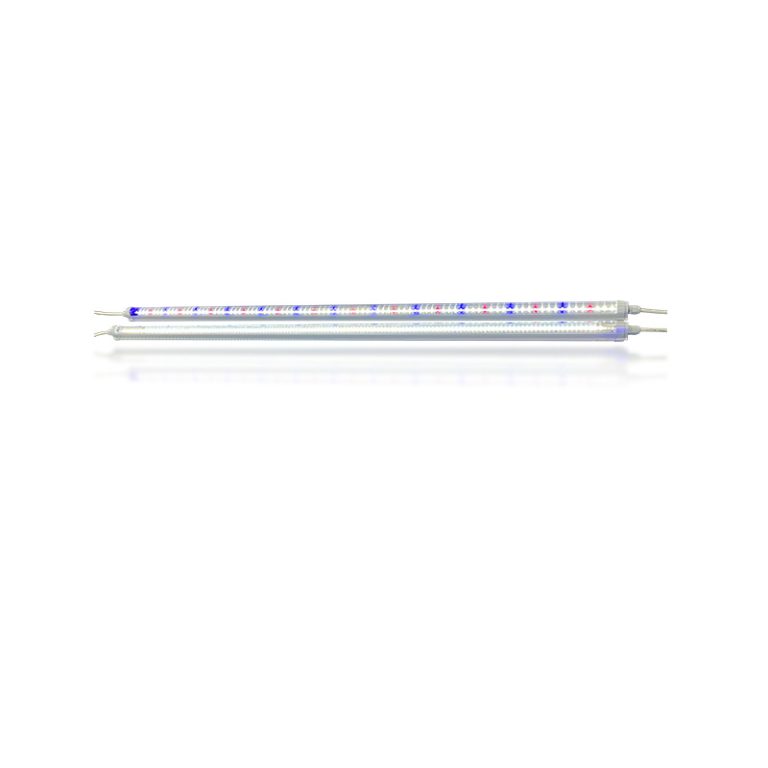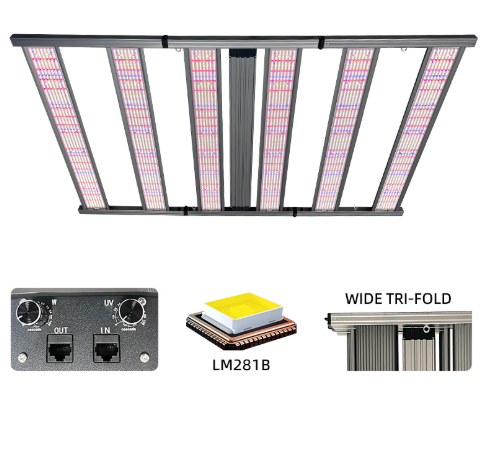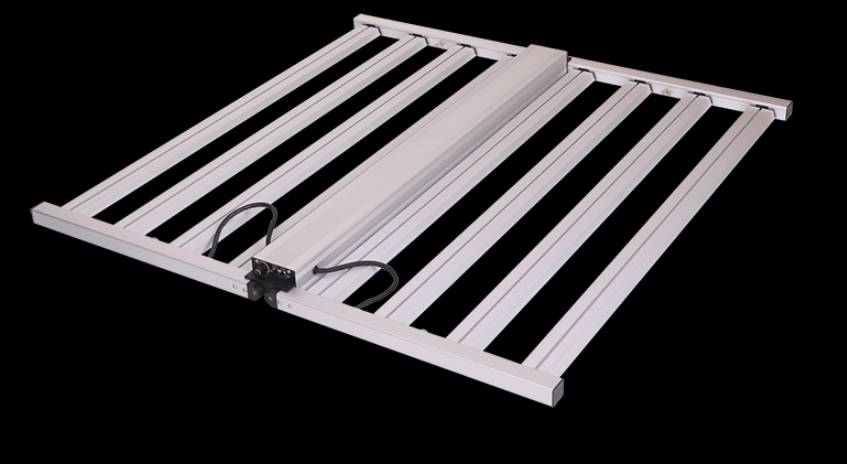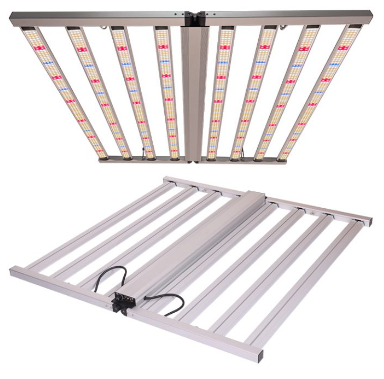
Warm White (Red) Light as the Growth Catalyst
Red light is a powerhouse for plants, primarily in the range of 2000K to 3000K and 640-680 nm. During the flowering stage, red light acts as a primary driver for various critical processes:
Stimulates Stem Growth: Red light encourages vertical growth, allowing plants to reach greater heights and develop stronger structures. This is particularly important for flowering plants, which often require support to hold their blooms.
Enhances Leaf Development: Adequate exposure to red light promotes leaf expansion, which is essential for capturing sunlight and conducting photosynthesis. This leads to healthier plants and improved overall vitality.
Boosts Fruit Production: Red light signals to plants that they can continue growing without competition, resulting in higher-quality yields. By effectively stimulating fruit and flower development, red light ensures that your plants reach their maximum potential.
Incorporating warm white light during the flowering stage is not just beneficial but essential for achieving optimal results with your LED grow lights. Growers who utilize red light can expect to see enhanced yields and healthier plants.
Cool White (Blue) Light: Essential for Seedlings and Vegetative Growth
On the other hand, blue light (5000K-6000K and 400-500 nm) plays a vital role during the seedling and vegetative stages of plant growth. While beneficial, it’s important to manage exposure to blue light to prevent growth inhibition. Here’s how blue light contributes to plant health:
Promotes Leaf Growth: Blue light is critical for the development of healthy, lush foliage. It stimulates chlorophyll production, which is vital for photosynthesis, enabling plants to convert light energy into chemical energy effectively.
Stimulates Secondary Pigments: Exposure to blue light enhances the plant’s color and fragrance, resulting in more appealing and aromatic flowers and fruits. This is particularly advantageous for growers looking to improve the marketability of their produce.
Caution Against Overexposure: While blue light is essential, excessive exposure can stunt growth. Therefore, it’s important to balance blue light with red light in your grow light setup to ensure steady growth without inhibiting flowering.
By carefully managing the balance of blue and red light, growers can create an optimal environment for their plants during these critical growth stages.
Green Light: The Overlooked Hero in Plant Growth
Often underestimated, green light plays a unique and valuable role in the growth of plants. Although it doesn’t trigger photosynthesis, green light has the ability to penetrate deeper into the plant canopy, reaching photoreceptors that other colors cannot. The benefits of green light include:

Optimized Light Utilization: By reaching lower leaves, green light enhances photosynthesis in areas that might otherwise receive insufficient light, improving overall plant vitality and health. This characteristic allows for more effective use of available light.
Use During Dark Cycles: Utilizing green light during dark cycles can further enhance the effectiveness of your LED plant growth lights. Since it does not trigger photosynthesis, it can promote relaxation and recovery in plants without disrupting their natural rhythms.
Conclusion
Understanding the unique functions of red, blue, and green light is essential for optimizing your LED grow lights. By tailoring your lighting setup to include these specific colors, you can create an ideal environment for your plants at every growth stage. At Shenzhen Andy Photoelectric Technology Co., Ltd., we are committed to providing advanced full-spectrum LED grow lighting solutions designed to meet the diverse needs of indoor gardeners and maximize growth potential. Our products are designed to help you achieve your gardening goals, ensuring your plants thrive and flourish.


